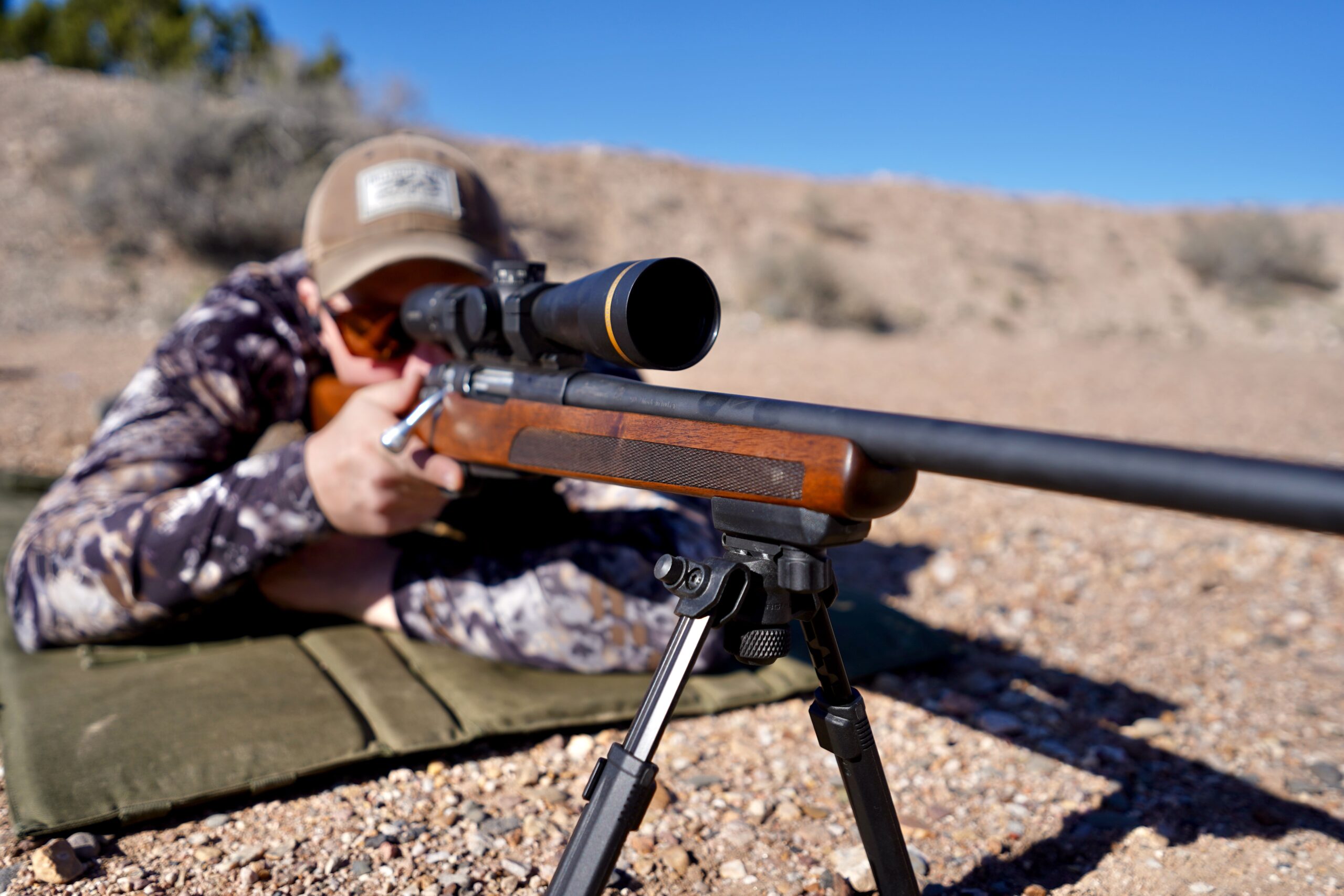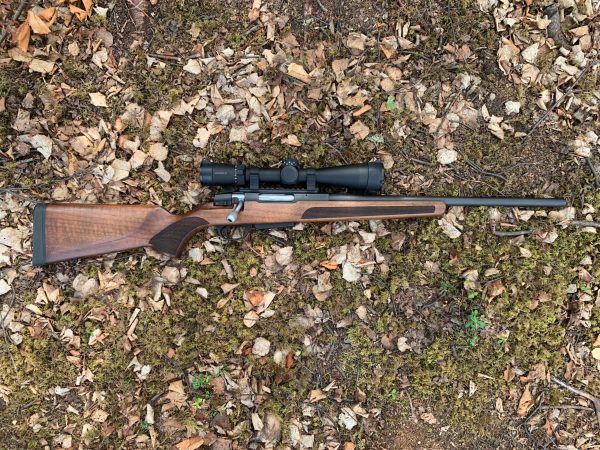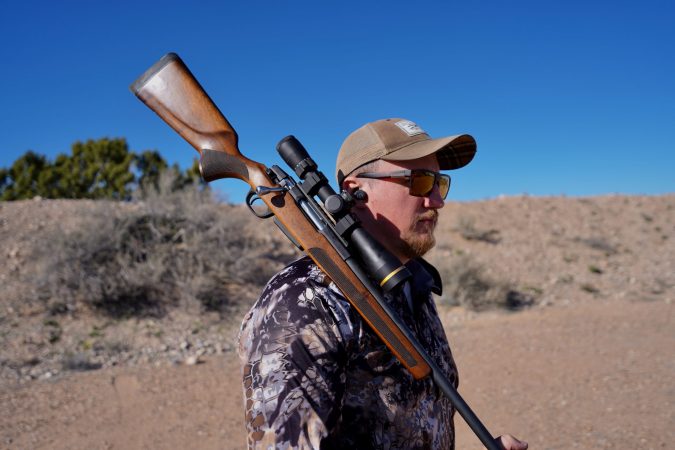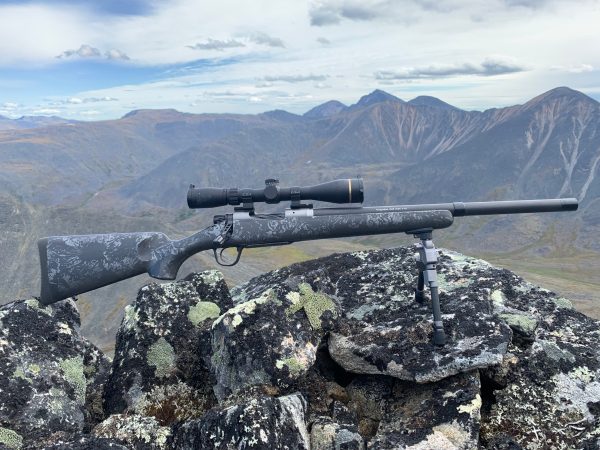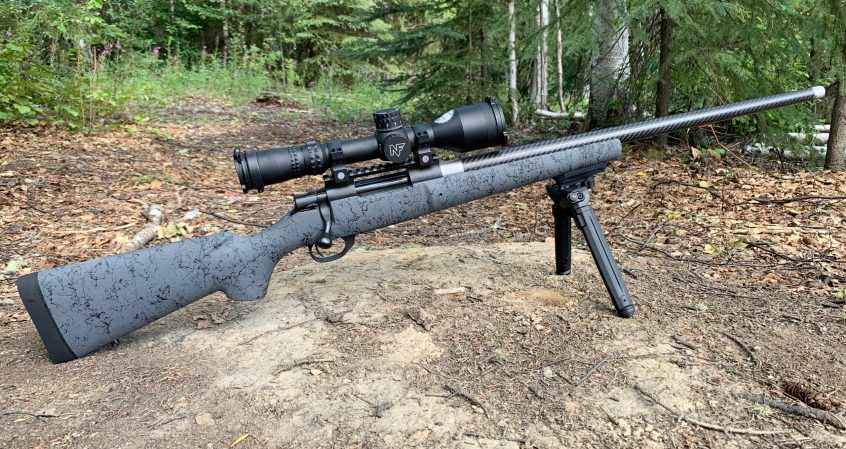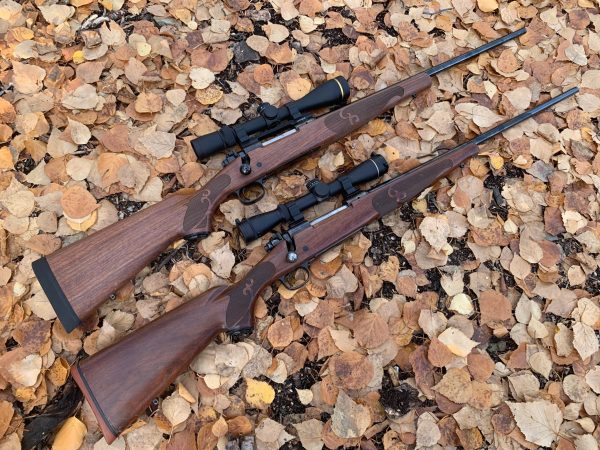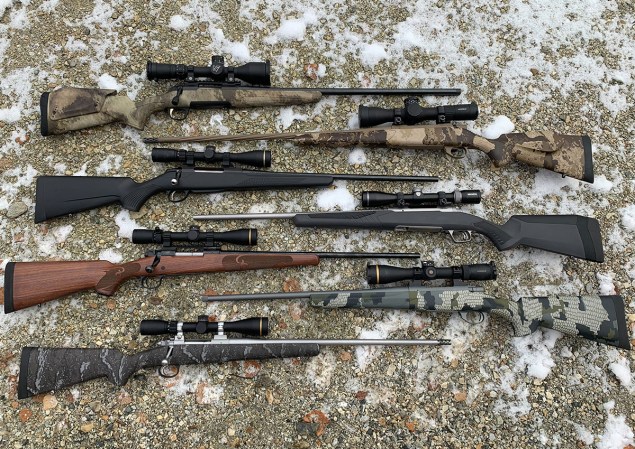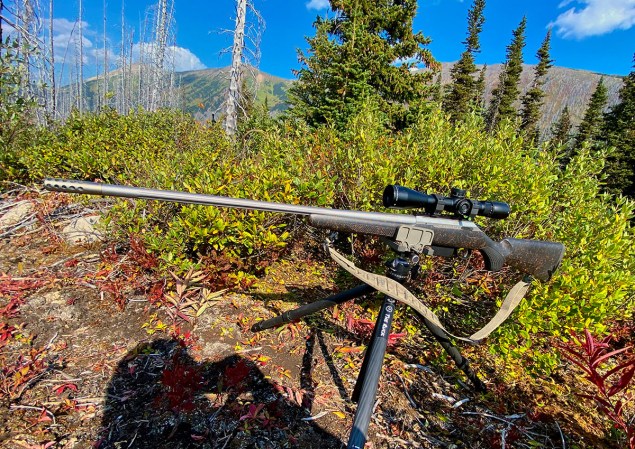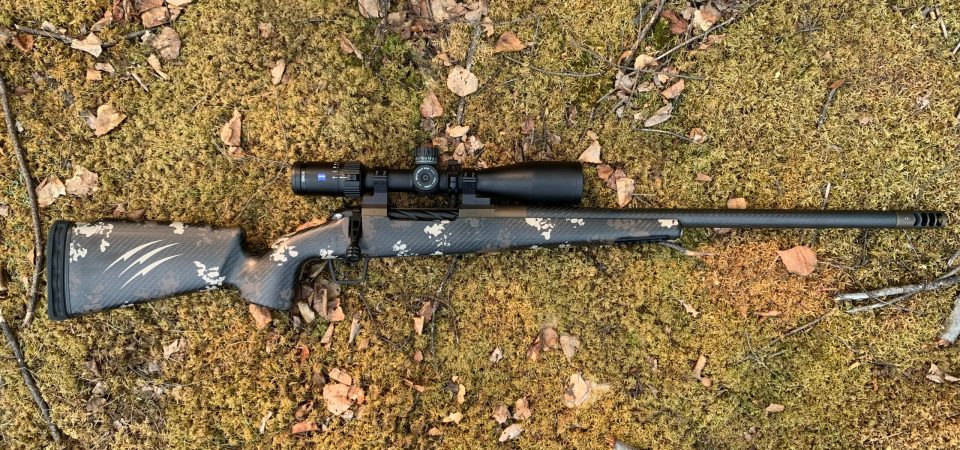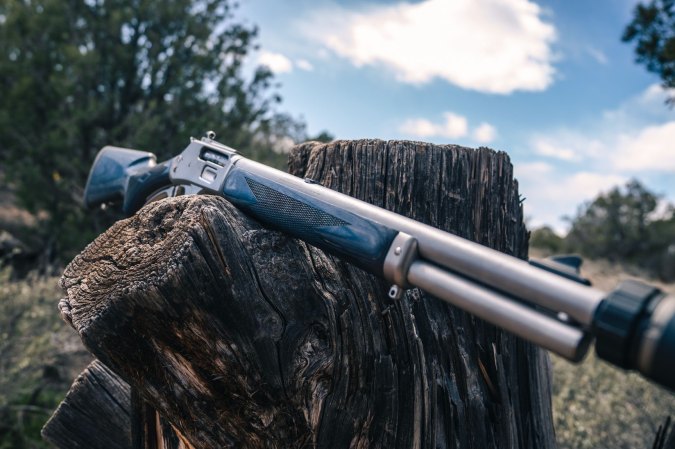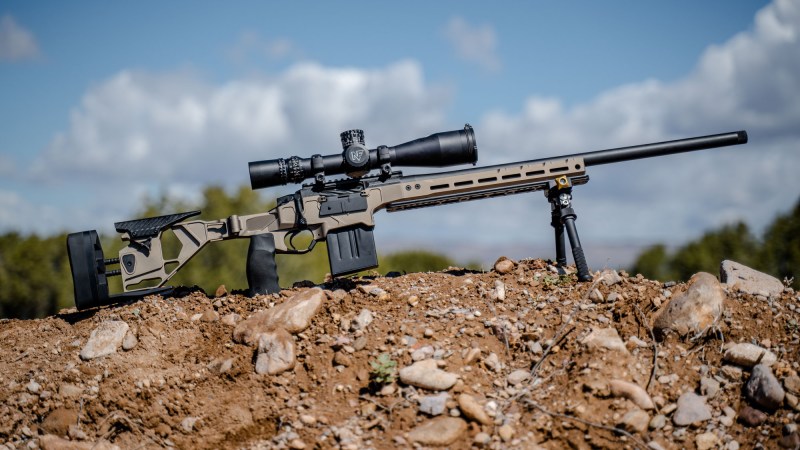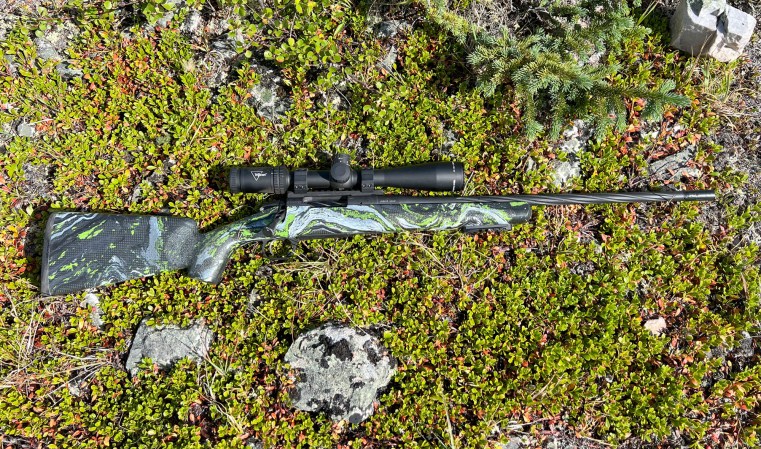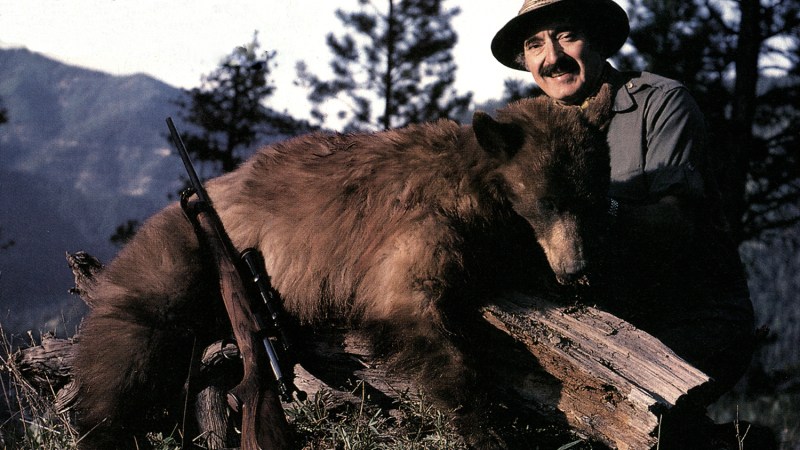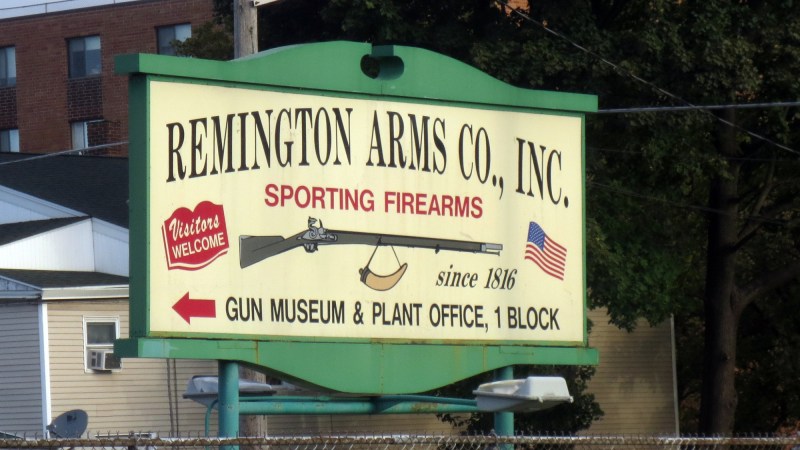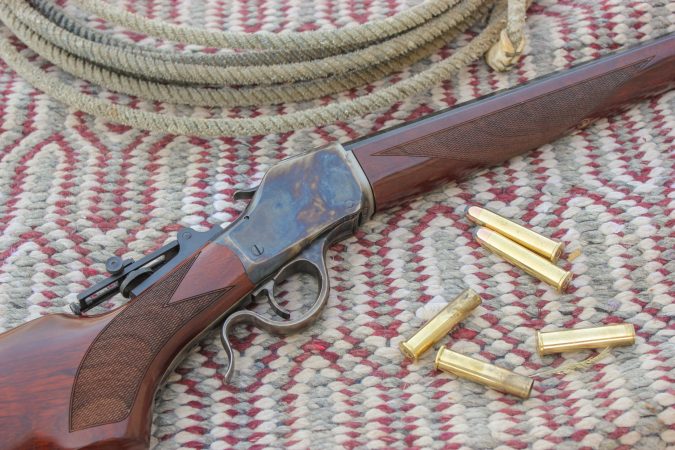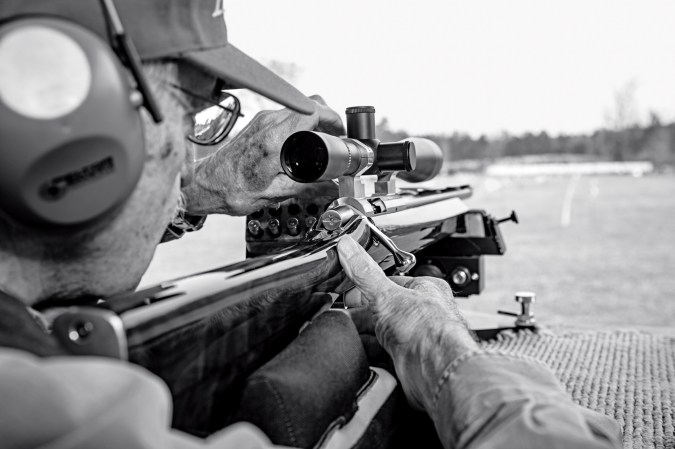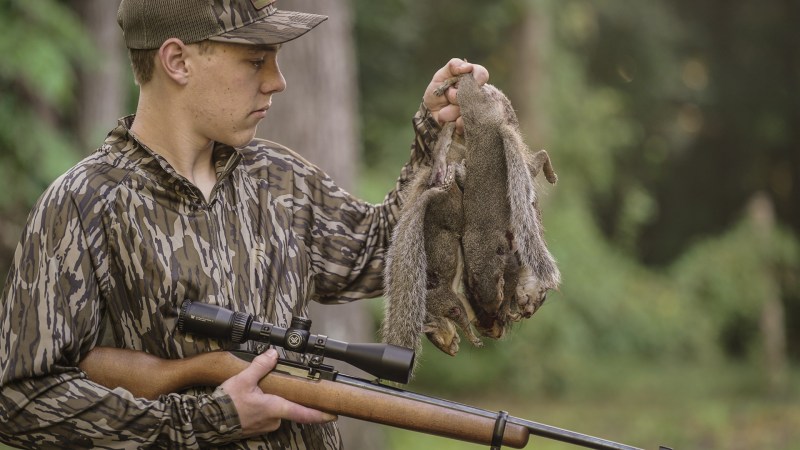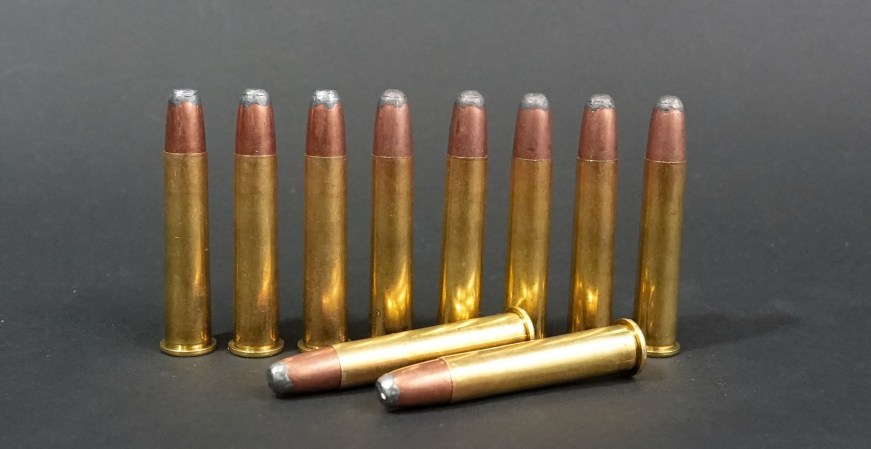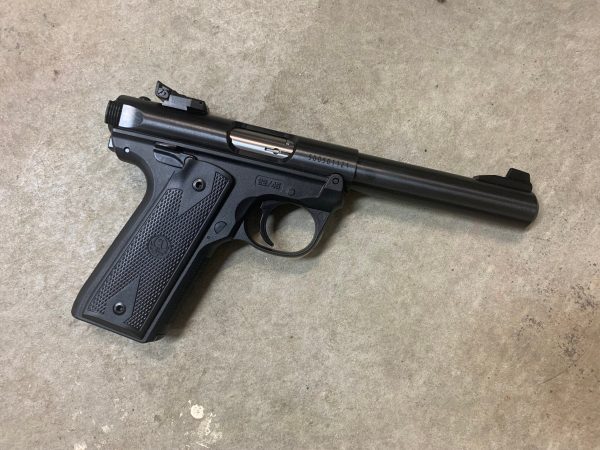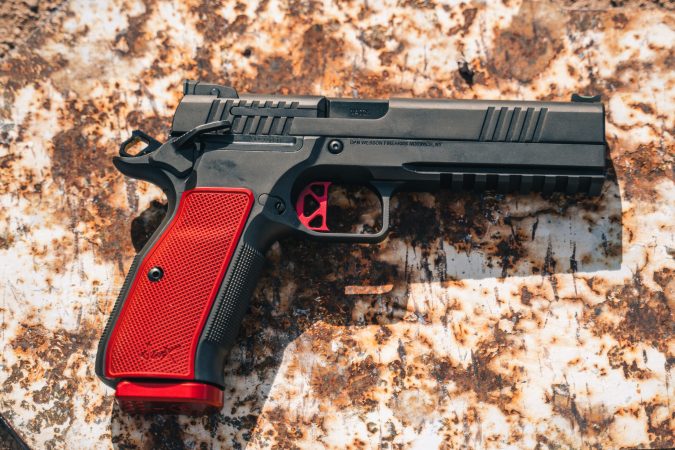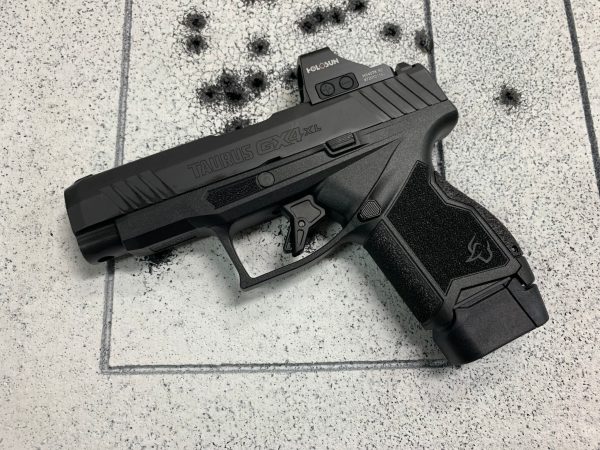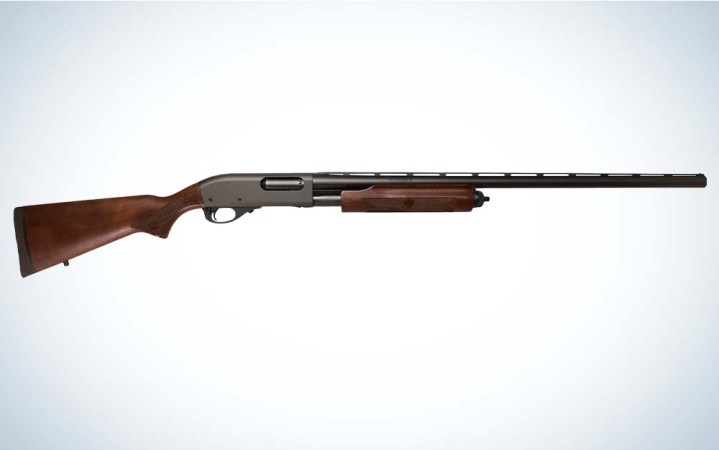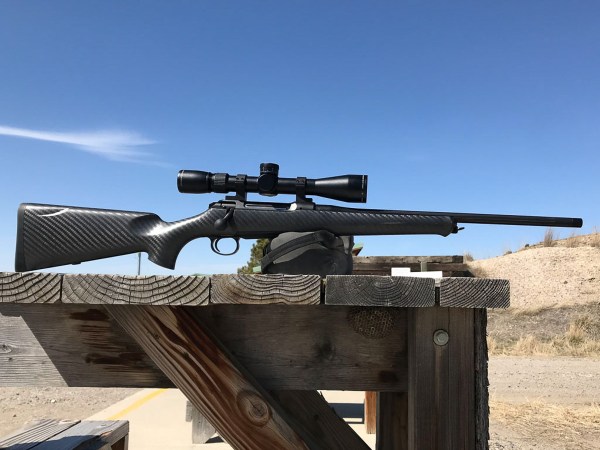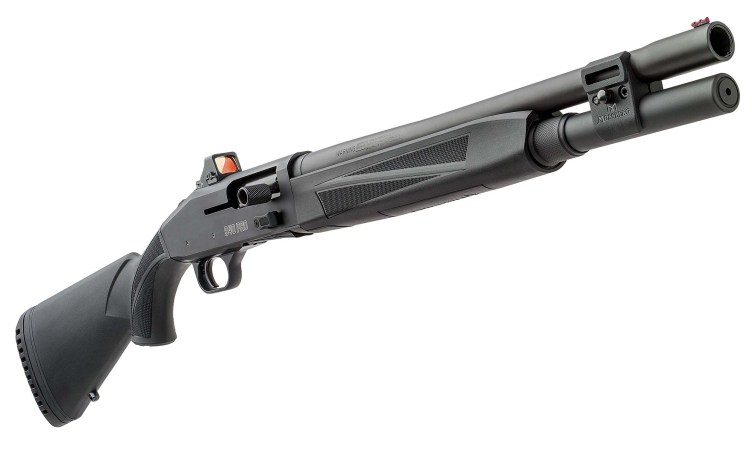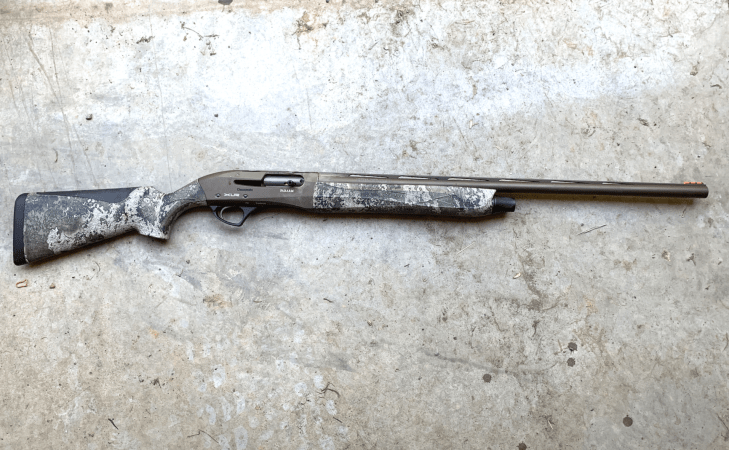We may earn revenue from the products available on this page and participate in affiliate programs. Learn More ›
Of all the rifles I get to test, I usually find myself rooting for the affordable ones. Evaluating them has opened my eyes to the realistic capabilities of these rifles, and created an appreciation for the ones that reliably print tight groups. Conversely, it’s annoying to shoot rifles that don’t meet expectations. I simply don’t have time to waste on guns that don’t shoot well. Considering that, my heart bubbles over when a rifle outperforms its price tag.
I’m a budget rifle guy from way back. The first rifle I saved up to buy was a Remington Model 710. I killed sheep, moose, bears, and caribou with it, and it will always have a spot in my safe. I’ve used a number of Winchester XPRs, and I have one in 6.5 Creedmoor that has killed more sheep than most Super Slammers, a baker’s dozen of caribou, and, most recently, a big grizzly bear. I was intrigued when I saw the new Stevens 334 Walnut announced at SHOT show this January. It’s a Turkish-built budget gun, imported under Savage. I saw an affordable, pretty good-looking rifle that gave a nod to hunters who appreciate a traditional-looking, wood-stocked hunting rifle. I immediately requested one chambered in .308 for myself.
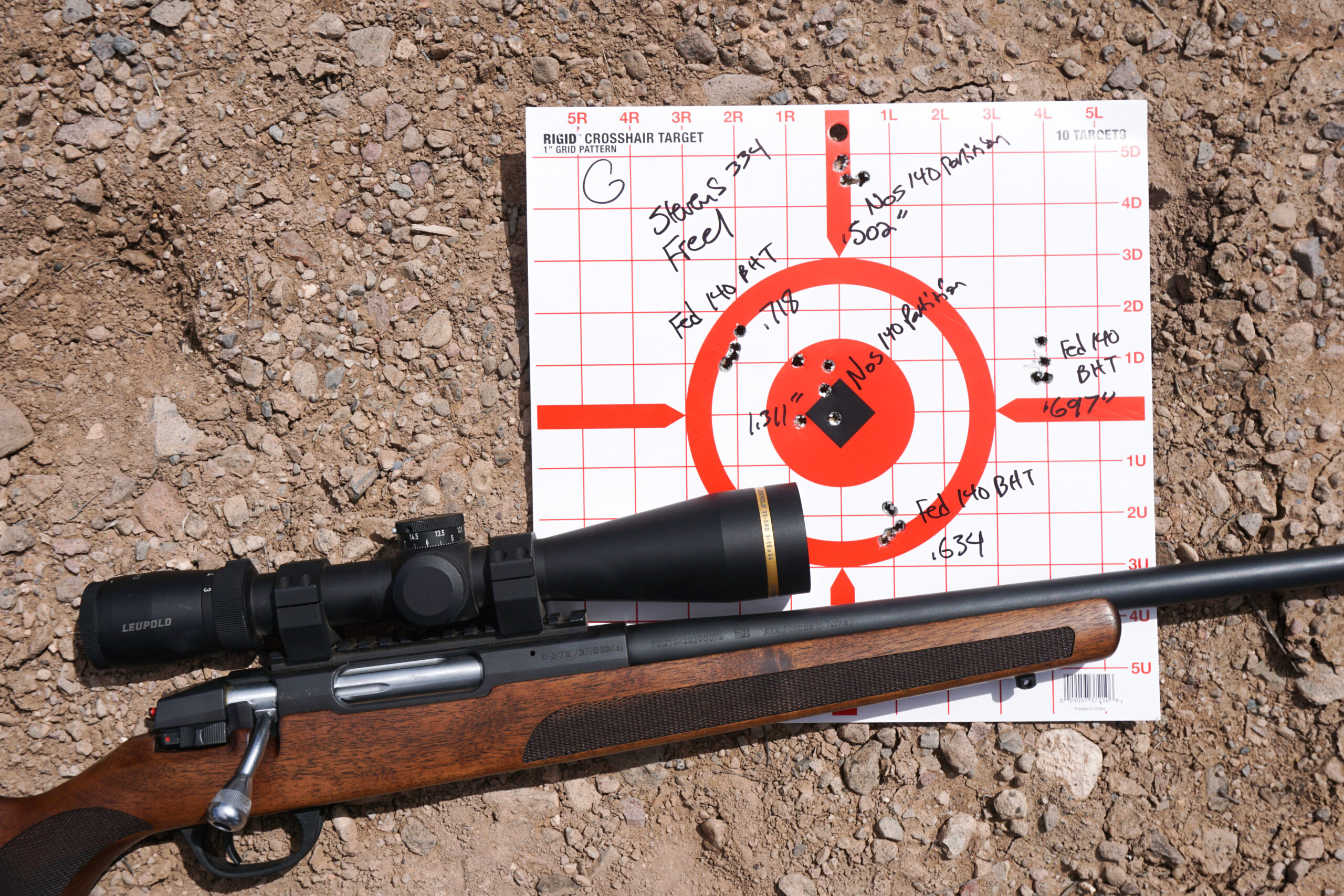
We secured a Stevens 334 Walnut chambered in 6.5 Creedmoor for the Outdoor Life gun test, and I quietly hoped that it would make a strong showing. Now, the original Stevens Arms manufactured over 700,000 contract Mosin Nagant rifles for the Ruskies back in 1916 and 1917, and it seemed like that trigger technology was something that’s endured to present day. Our sample had a simply awful trigger but, in spite of that, it knocked our socks off. With lots of concentration, we managed to print excellent groups with that rifle, and we liked it even better in practical handling and shooting. As I awaited my sample, I had to wonder, was it a fluke? Had we simply gotten one of a small batch of 334’s that had been carefully anointed at the Church of Constantinople or hexed with a Bedouin’s spell before its voyage overseas?
Stevens 334 Walnut Specs
- Cartridge: .308 Win.
- Capacity: 3+1, detachable box magazine
- Weight: 7 pounds, 12 ounces (measured)
- Receiver: Carbon steel
- Receiver Finish: Matte black
- Action: Bolt action
- Barrel: 20-inch, carbon steel, 1:10 twist
- Optics Mounting: One-piece Picatinny rail atop receiver
- Stock: Turkish Walnut
- Overall Length: 41.25 inches (measured)
- Trigger: Curved shoe, two-stage, 5 pounds, 12 ounces (measured)
- Price: $430
Anatomy of the Stevens 334 Walnut
After waiting for several months, I finally received my Stevens 334, chambered in .308. Now that these rifles are readily available, I was eager to tear it apart and see if this rifle would shoot to the same standard as the one that excelled for us back in April.
Initial Impressions of the Savage 334 Walnut
Upon examining the rifle, I noted a few minor differences from the earlier sample we’d gotten—all of them positive. First, the Turkish walnut stock seemed to be a richer, darker color than the one we’d already tested, and the finish looks better. Time and weather will tell how it holds up, but for the price, it’s an excellent-looking stock.
Second, I noticed that the finish of the bolt on my new sample is a matte stainless, while the bolt on our early sample was polished. It’s not specified whether the bolt is stainless steel or simply coated, but it appears to be a bead-blasted finish, not a coating. Also, the engraving of “STEVENS 334” on the receiver is sharpened up and enlarged a bit, with an added TM following the 334. The Stevens “S” logo is now behind the gas vent hole.
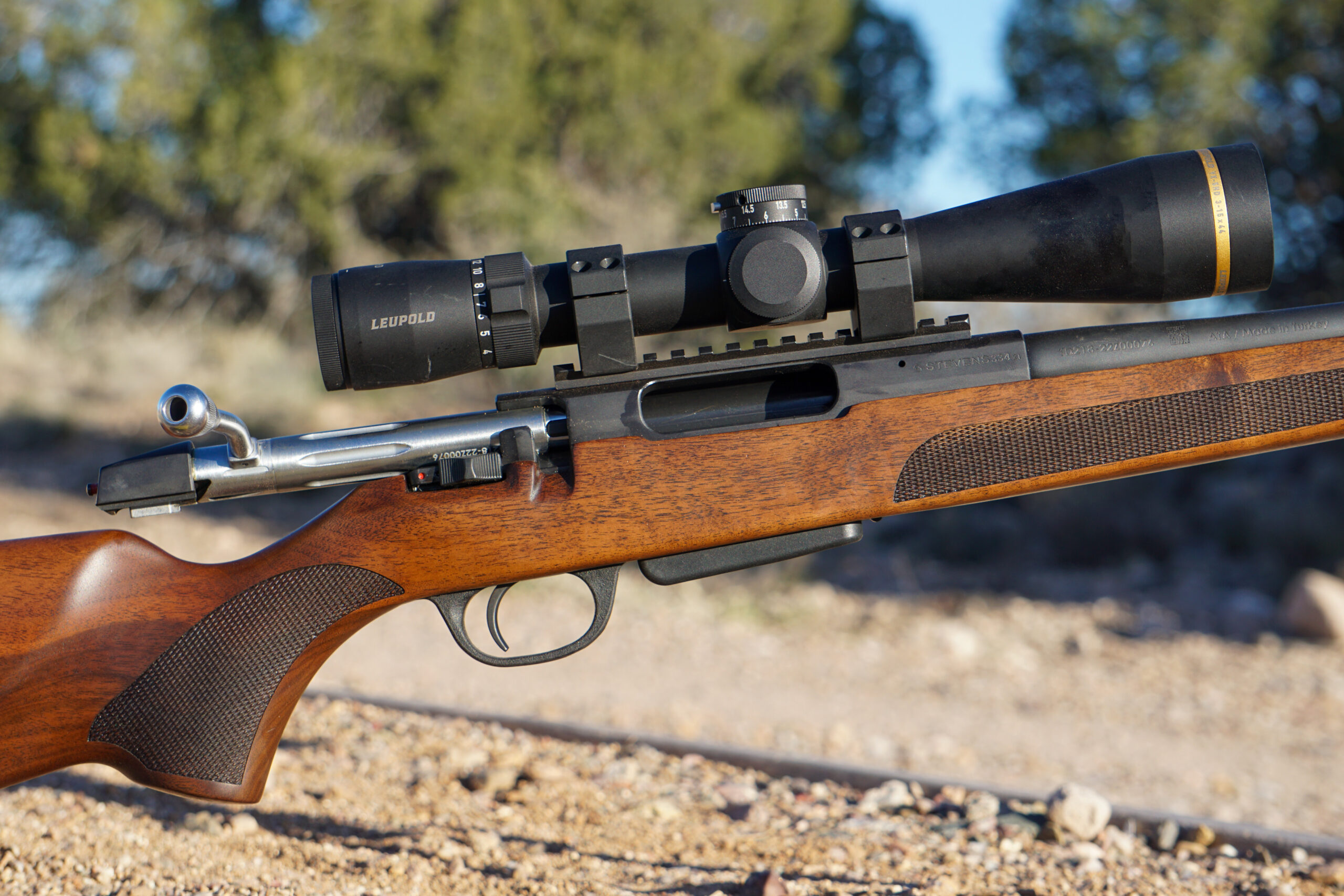
Finally, the trigger on my sample seems to break more cleanly—but not much more. It still cracks over at 5 pounds, 12 ounces, and I’d think that even the ruins of the Ottoman Empire could build a better trigger than that. The boys that were defending Stalingrad with their Stevens-made Mosins didn’t have it so bad. At best, it’s manageable. The pull is a bit smoother than the early model in that after taking up the first stage, it only creeps slightly before breaking. I’m being brutally honest because I think that at gun store counters, that trigger might be the one thing that turns some folks away from an otherwise dandy rifle.
Stevens 334 Walnut: The Stock
Not too many new hunting rifles are launched in wooden-stock configuration these days, and that’s what first caught my eye. The Stevens 334’s Walnut’s stock is in a basic sporter style with checkering and a slight palmswell on the grip, and checkering along the sides of the fore-end. It’s got a basic look, but some nice features. The bottom of the fore-end is flat, which allows it to mate nicely with a bipod, ride on a bag, or rest on the shooting rail of your deer stand. The stock is capped at the butt with a clean-fitting rubber recoil pad. The heel has a horseshoe-shaped hard plastic piece that allows the stock to glide gracefully over clothing as you bring it to bear—soft rubber pads often grip and pull at a shirt or jacket while you slide the stock up into your shoulder. This plastic piece does scuff a bit if you stand the rifle on its butt on the ground or concrete.
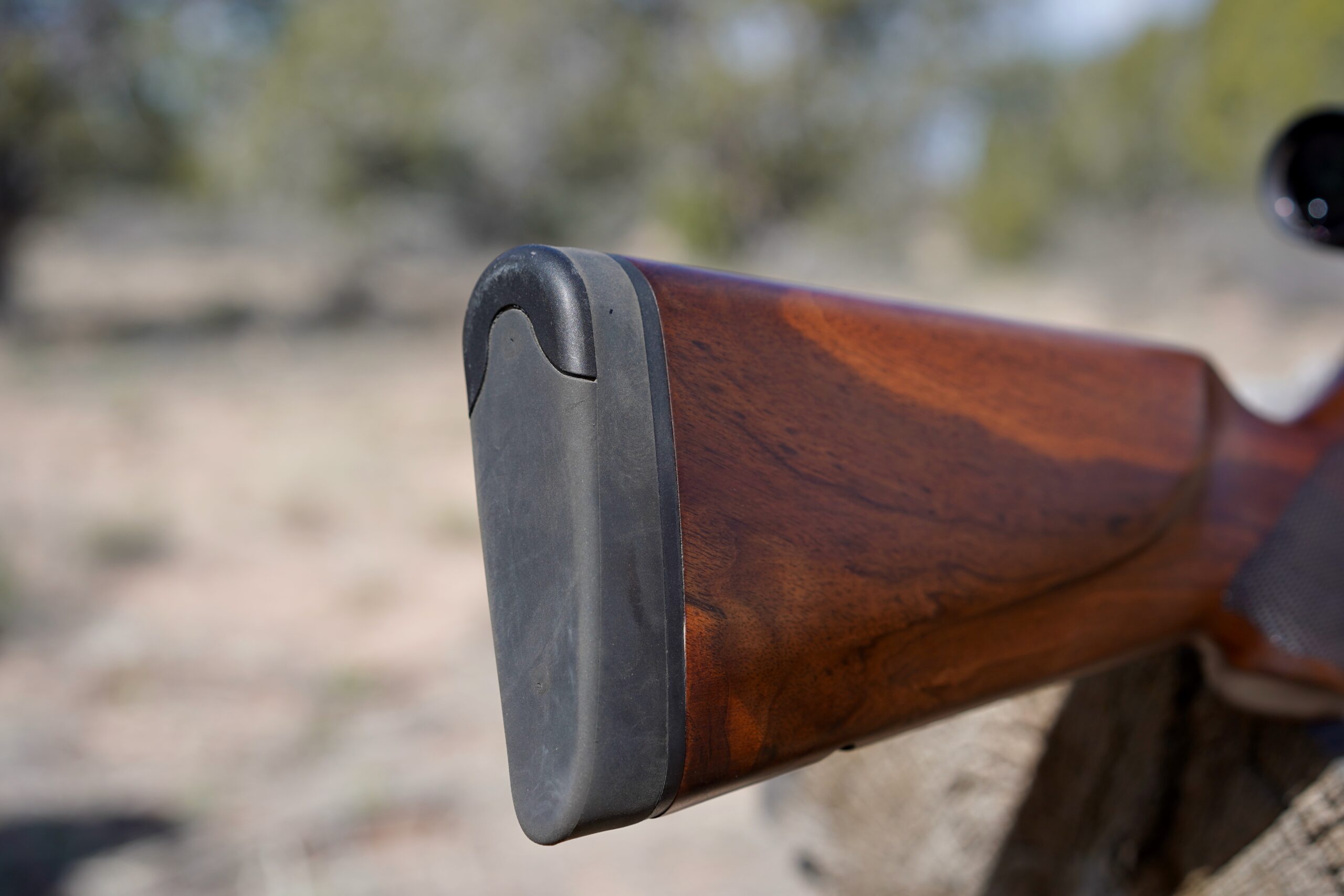
The stock might have the look of a basic wood stock from a previous generation, but under the hood, it’s modern. The fore-end has milled-out pockets to remove weight while maintaining structural integrity. Under the forward part of the receiver, the stock has an aluminum bedding block into which the hefty recoil lug is secured. Inletting around the barrel is pretty even, and the barrel is completely free-floated. The bottom hardware is plastic, but is thick, durable, and fits tightly into the stock. It’s similar to the bottom plastic and trigger guards on the wood-stocked Tikka T3x rifles. The overall fit of parts into the stock is superb for a sub-$500 rifle, and elements like a smooth thumb channel around the three-position safety show thoughtful attention to detail.
Stevens 334 Action
The action of the Stevens 334 Walnut is a 3-lug, box-magazine-fed design that’s robust and milled from carbon steel. The finish appears to be good, but it’ll need to be maintained to avoid corrosion. The bottom of the action is flat except for the protruding recoil lug, and it’s secured to the stock with two action screws torqued to 60 inch-pounds, and steel sleeves that act as bedding pillars. It’s a stable connection.
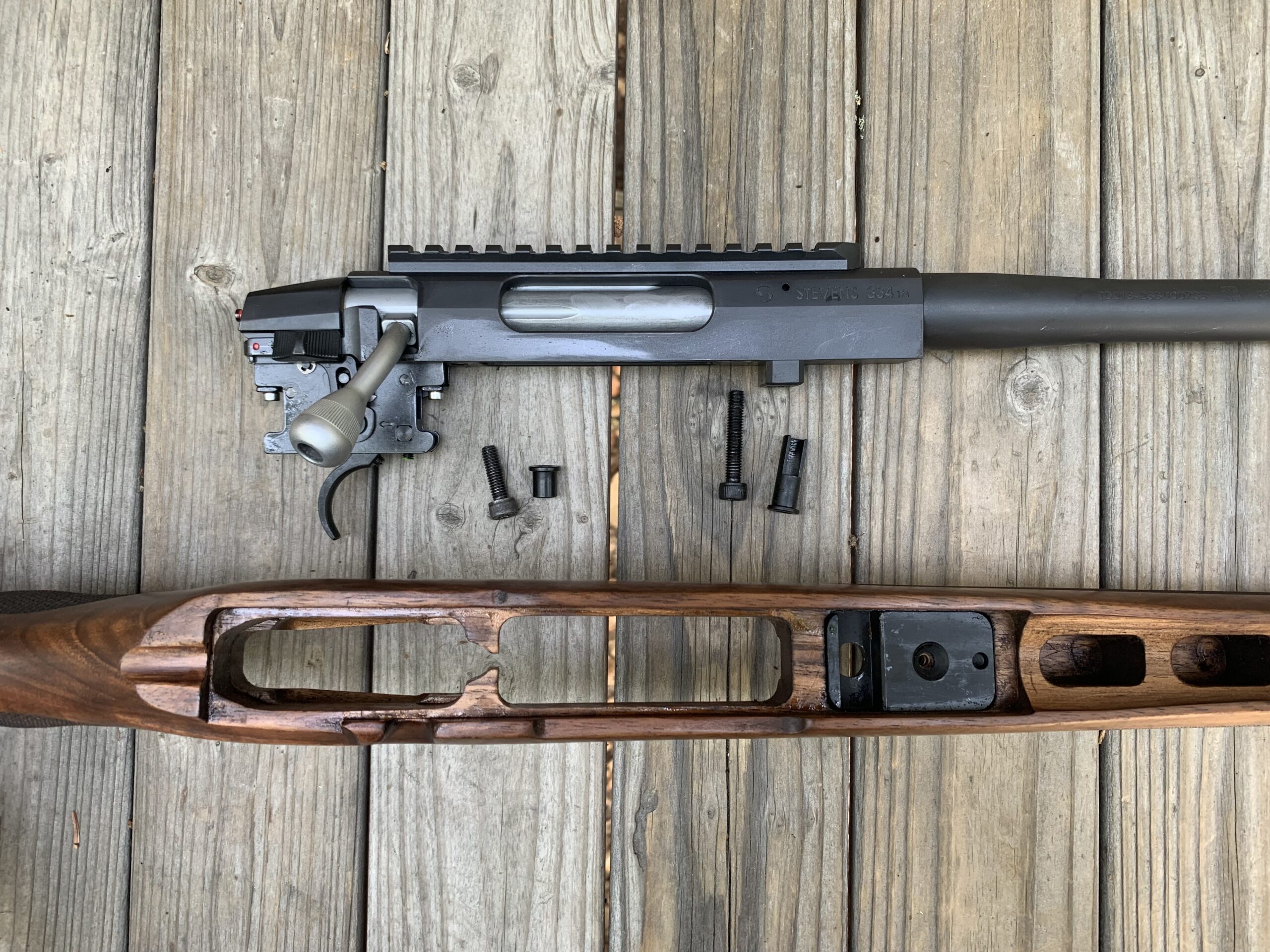
The three-lug bolt is similar to that on rifles like the Ruger American and Winchester XPR in that its bolt lugs are the same diameter as the bolt body itself. Because of this, the receiver requires no channels, only a smoothbore inner surface for the bolt to travel in. A 60-degree throw locks the lugs into place, and facilitates quick, smooth cycling. It’s removed by depressing a button on the left side of the receiver—no trigger pull is necessary.
The low-profile box magazine is single stack, and holds three rounds of ammunition for all three offerings (.308 Win., 6.5 Creedmoor, and .243 Win.). It protrudes slightly from the bottom of the stock, but doesn’t interfere with one-handed carry. It also is much like that of the wood-stocked Tikka T3x.
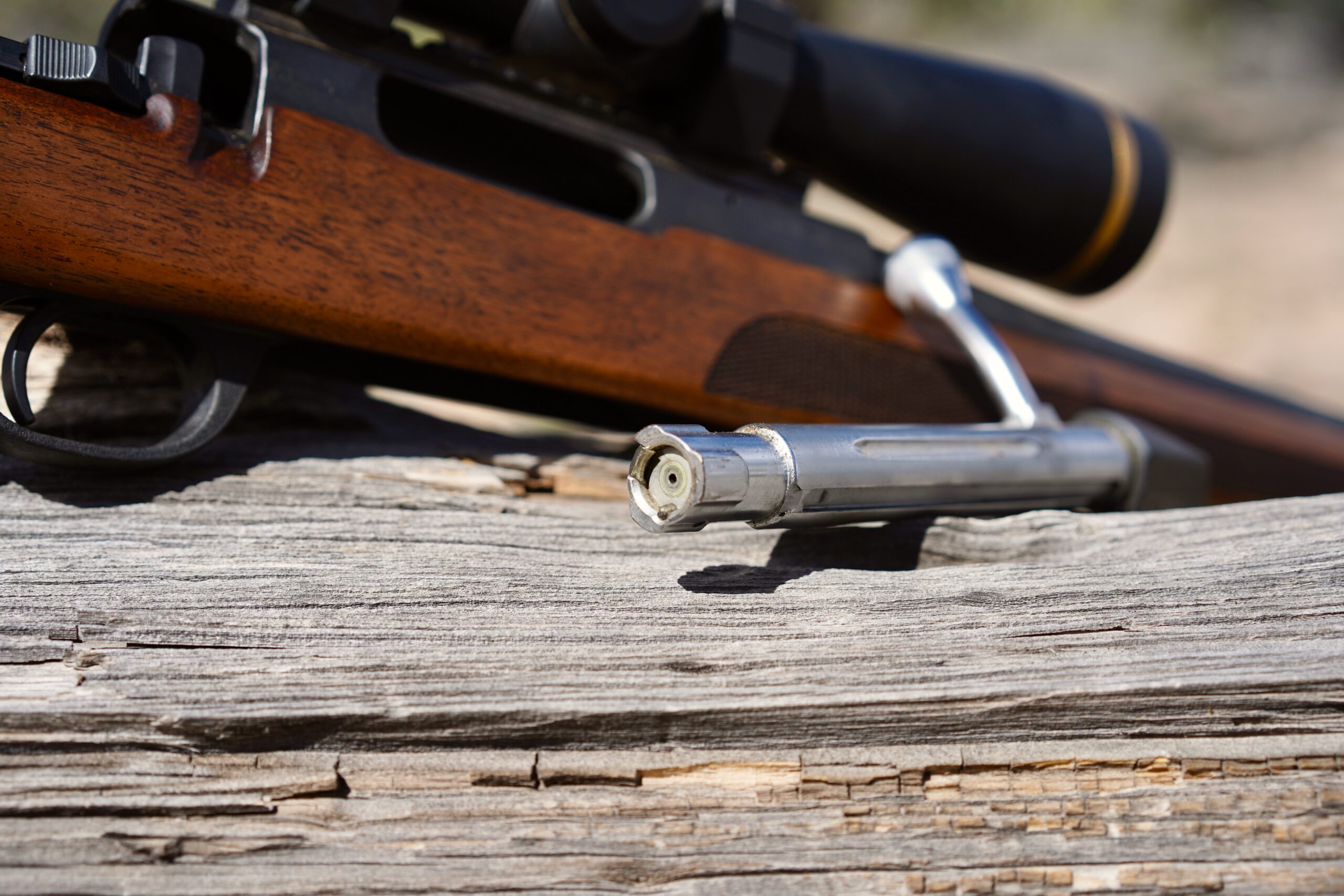
The solid receiver has a right-handed ejection port and is topped with a one-piece steel Picatinny rail for easy optic mounting. It’s drilled and tapped to match the Savage Model 110, so it’s compatible with any bases for that rifle.
Threaded into the front of the receiver is a 20-inch carbon steel barrel that’s tipped with an 11-degree crown. It’s got 1:10 RH-twist rifling, and a nice, slightly heavier profile than many standard-weight hunting rifles of today.
Weight and Balance
The Stevens 334 Walnut makes no attempt to be an ultralight mountain rifle. Instead it firmly embraces the role of a regular classic-style deer hunting rifle. With a scope, it’ll weigh around 8.5 pounds, and it balances well in the hand and at the shoulder. Most hunters will likely find the extra mass to be beneficial to accurate shooting in the field. Our sample at the gun test really shined during positional and practical shooting exercises. It’s a wonderfully handling rifle compared to its peer group.
How Does the Stevens 334 Walnut Shoot?
My hope for the Stevens 334 was that it would shoot well at the gun test. It did, and I nervously hoped for the same results from my sample. Taken from the batch of production guns that have finally started shipping, I prayed it wouldn’t be a dud. I applied the same testing protocol that we use at our gun test, shooting 5-shot groups from 100 yards. I noted the overall accuracy average, and the average of the top 10 groups—which is a good representation of what the rifle is capable of.
The Stevens 334 Walnut in 6.5 Creedmoor at the 2023 Gun Test was tested with 6 different types of hunting and target ammunition with the following results:
- Overall average 5-shot group size (24 groups total): 1.105 inches
- Average of 10 best 5-shot groups: .724 inches
The Stevens 334 Walnut in .308 that I tested with 9 types of ammunition printed these results:
- Overall average 5-shot group size (37 groups total): 1.233 inches
- Average of 10 best 5-shot groups: .782 inches
Accuracy was very consistent between the two rifles, even in different calibers. I attribute that to some of the design features which secure a rigid connection between action and stock, and the floated barrel. Accuracy would likely be improved further with a good trigger.
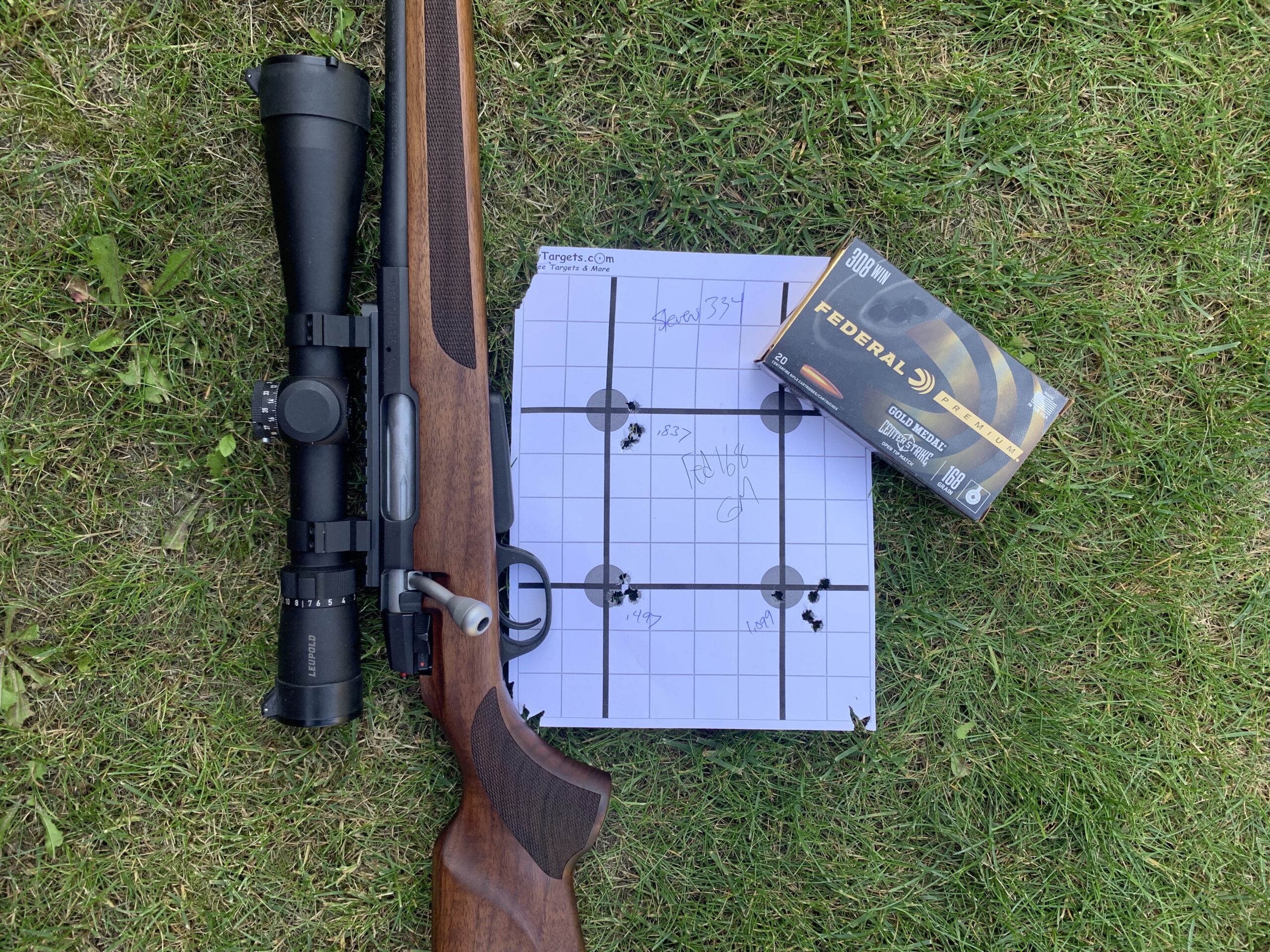
For perspective on this rifle’s accuracy, it’s better than any of the other budget hunting rifles I’ve tested. It even out-performs the Tikka T3X Lite in .308 that I tested last year. That one averaged 1.956-inch overall groups and 1.33-inch groups (best 10).
My sample punched its best groups with Federal Premium Gold Medal 168-grain Center Strike OTM ammunition (.912-inch groups), and averaged 1.4-inch groups across all hunting ammunition tested. Many hunters will choose basic whitetail loads like Federal’s 150-grain Non-Typical, which averaged 1.767-inch groups.
Read Next: M1 Garand: The Greatest Generation’s Service Rifle
What the Stevens 334 Walnut Does Well
The Stevens 334 Walnut brings a great balance of quality and performance that out-matches many of its budget-rifle peers
Where the Stevens 334 Walnut Could Be Better
The Stevens 334 Walnut deserves a better trigger, that’s my only complaint.
Final Thoughts
As much as I’ve come to appreciate high-end rifles that are reliable tack drivers, it warms my heart to see a quality, well-executed budget rifle. It’s no classic custom Model 70, but it’s not meant to be. It is, however, a very affordable rifle that punches way above its weight class and shoots better than many more expensive guns.

